The race to be—exactly—on time
I don’t know a lot about races, but I do know that in most, being fastest is key. So I was surprised—and delighted—to discover that the path to victory in our local vintage Vespa race is being very, very punctual. The winning strategy requires finishing the race to the correct hundredth of a second of a specified time. How do you do it? By adhering to the speed limit the whole way.
(As you could well imagine the Italians adore going the speed limit and do so on every opportunity. On a nearby, well-used road the speed limit just dropped from 70 to 50 kph prompting a local firestorm of opinion. A TV station described local drivers as being beset by “panic and rage” at the reduced limit—really? “Panic”?)
For this vintage Vespa race the art of winning is in the precision and preparation. Routes can be tricky, and are often on windy, steep, and even unpaved roads. To add to the challenge, all the Vespas are old—only certain storied racing models from the 1950s and 60s—and likely to break down. Inspired by their rides, some participants pride themselves on using only time-keeping and navigation technology from the period of their Vespa.
This all leads to some very interesting finish-line maneuvers to burn through those all-important seconds if one is slightly too early.
Watching it for the first time, I thought that surely, this was a race like no other. But digging a bit deeper into the world of vintage “racing” I realized that this style of rally is actually pretty common. But the story of this particular rally stands out as one of determination and resurrection.
Our local Vespa repair shop, which sits just down the road from the finish line, has been in business since the 1950s. It’s run by the son of the original owner, who has been racing—and fixing—Vespas since he was three (check out the pic below).

He remembers seeing the race go by when he was a kid in the 1970s but then it stopped. Two years ago he decided to revive the race and got over 50 riders to participate from all over Italy. I can’t wait for next year’s race to see how much it grows.
The lure of the Vespa is a deep one for Italians, and for reasons I wouldn’t have expected. More on that later.


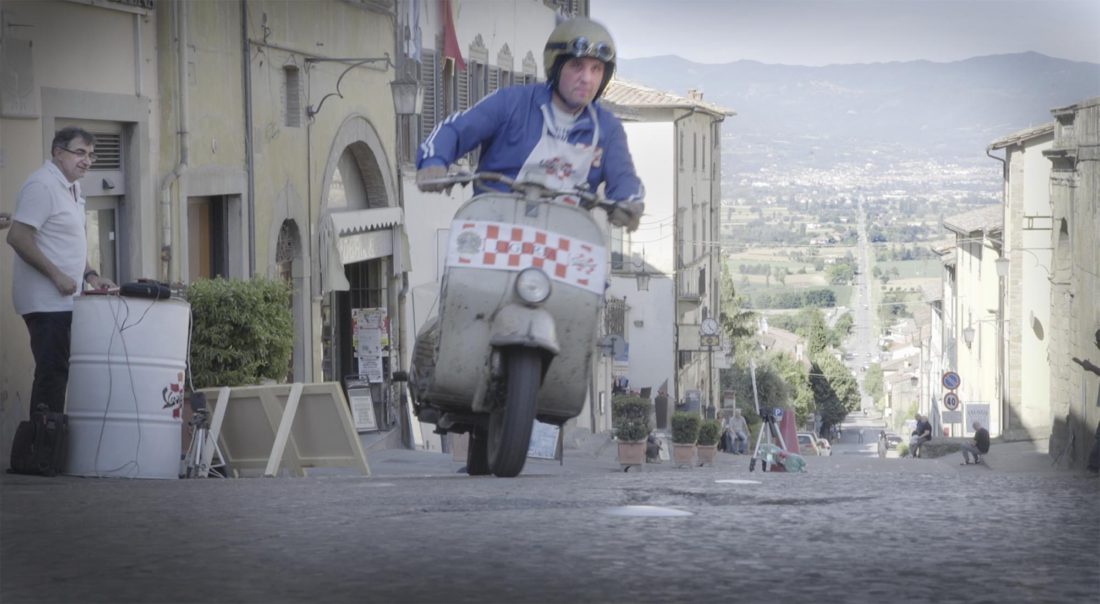




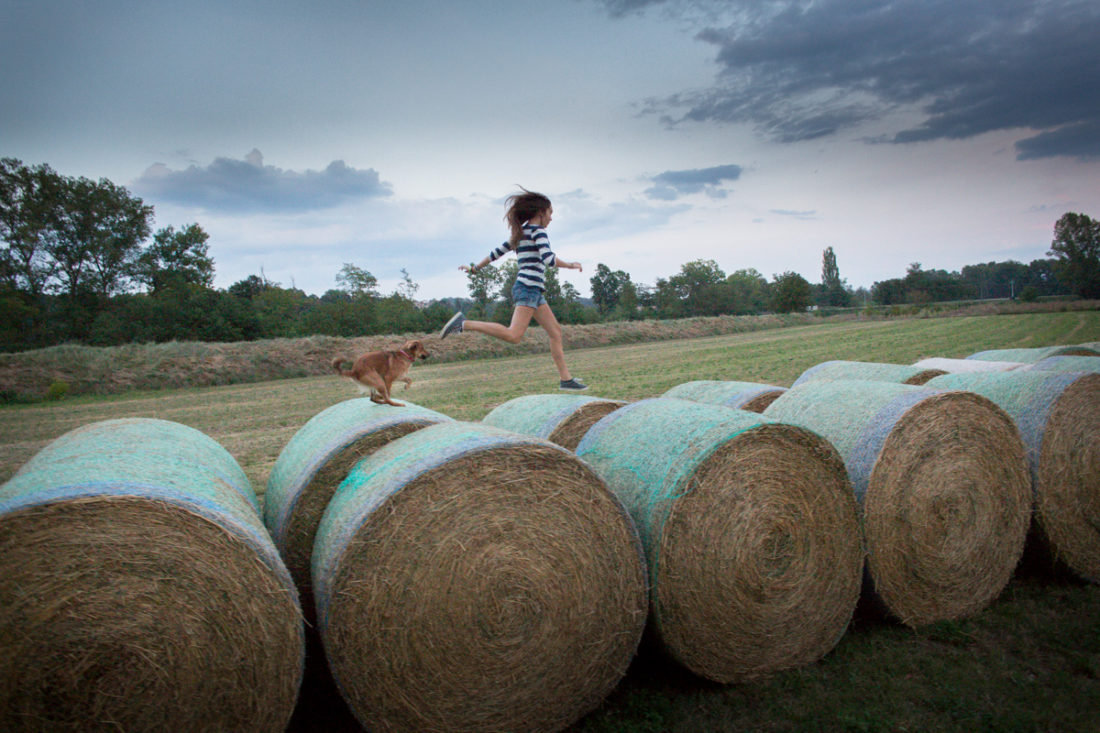


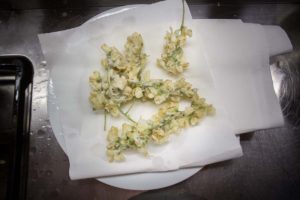
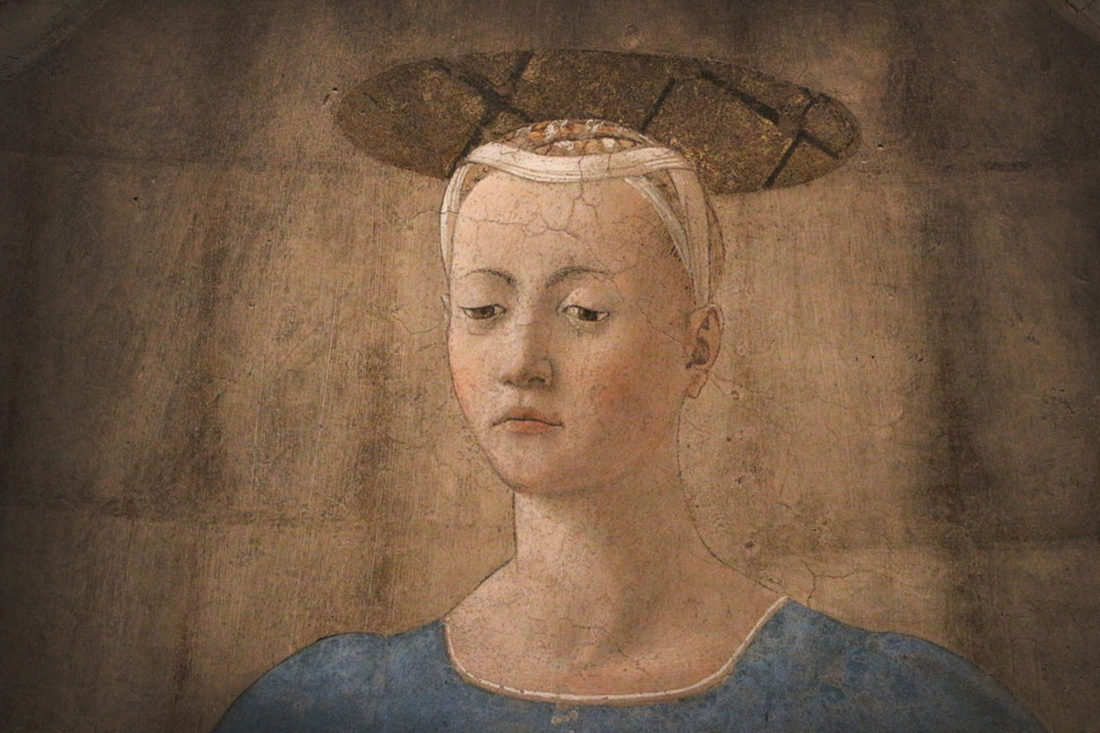
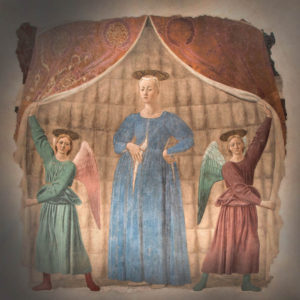 Oh, this place also happens to be next door to a museum that houses one, and only one, painting. It’s Piero della Francesca’s Madonna del Parto, one of the greatest masterpieces of the Renaissance, and the first time in art history that the Madonna was ever shown pregnant. Piero painted it for his mother who lived in Monterchi and it was in the cemetery until it was recently moved to the museum. No one is sure exactly who owns it: Italy, the Vatican, or the local village. Because of this Monterchi will never let it go on loan to major museums worldwide because it might never return back to the village. The New York Times has a fascinating
Oh, this place also happens to be next door to a museum that houses one, and only one, painting. It’s Piero della Francesca’s Madonna del Parto, one of the greatest masterpieces of the Renaissance, and the first time in art history that the Madonna was ever shown pregnant. Piero painted it for his mother who lived in Monterchi and it was in the cemetery until it was recently moved to the museum. No one is sure exactly who owns it: Italy, the Vatican, or the local village. Because of this Monterchi will never let it go on loan to major museums worldwide because it might never return back to the village. The New York Times has a fascinating